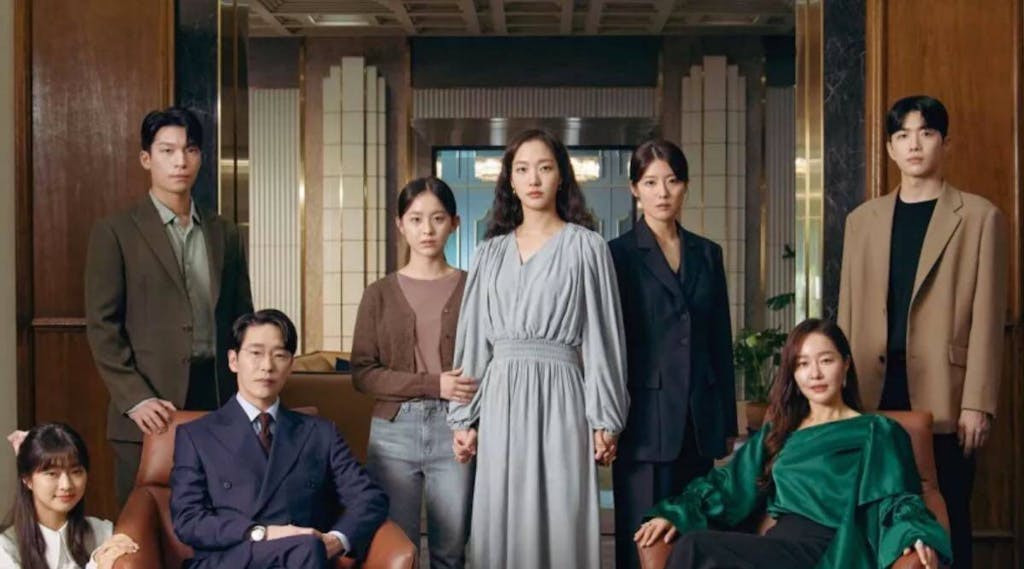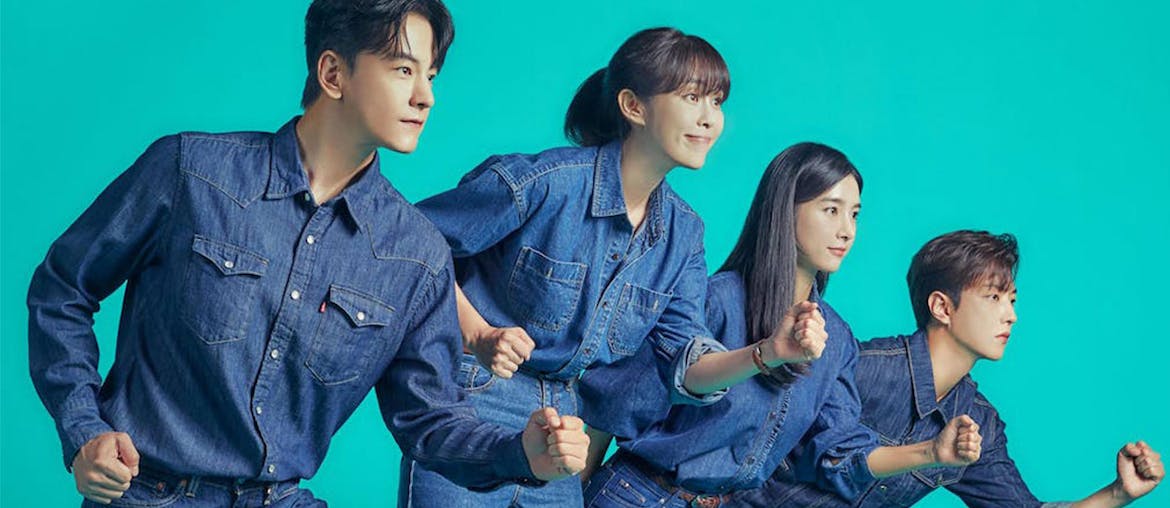When a family has multiple children, they tend to take on different roles. There’s a stereotype that the oldest has the most responsibility (and pressure), the middle is overlooked, and the youngest is spoiled. Every family has a different dynamic, so these “roles” aren’t factual, but it’s interesting to examine them through a K-Drama lens.
In K-Dramas that feature siblings, the stereotype is very much true. The oldest child often shoulders the burden of studying hard and getting a high-paying job to support their family financially. Especially if their family is poor. You can see examples of this in dramas like “Little Women” and “Three Bold Siblings.”


The pressure is more pronounced if the oldest child is a boy, but it still applies to girls, as seen in “Coffee Prince” and other similar dramas. Girls are also often pressured to marry into rich families, while boys have to worry about carrying on the family name.
As stated above, these stereotypes aren’t always true, but they seem relatable to Korean audiences according to research, surveys, and interviews.
But what about Western audiences? Can they relate? For the most part, yes. There are significant differences, though, depending on the country. When it comes to the U.S. and Western Europe, there generally isn’t an expectation for the oldest child to support the entire family. The parents take on that responsibility and keep it— sometimes into retirement if they had a decent career and saved well. Again, this isn’t the case for all families, just a generalization based on societal norms. The pressure most oldest siblings in the U.S. and Western Europe seem to feel is being successful, so they can make their parents proud and set a good example for their younger siblings.
Another difference is that “carrying on the family name” isn’t heavily pushed or vocalized, but there’s still an undertone of it being desired. And when it comes to older siblings that are girls, they’re not often pushed to marry rich, but they do take on a role as the “second mom” of the family which means they do a lot of household chores as well as take care of their younger siblings. I imagine that’s similar to older siblings that are girls in Korea.
Some American shows that depict this are “Shameless” and “Party of Five” (the original and reboot).

All of this just goes to show you that at the end of the day we’re all human. And even though certain things are more emphasized in one culture than another, we experience similar things and there’s a common thread that connects us all.







